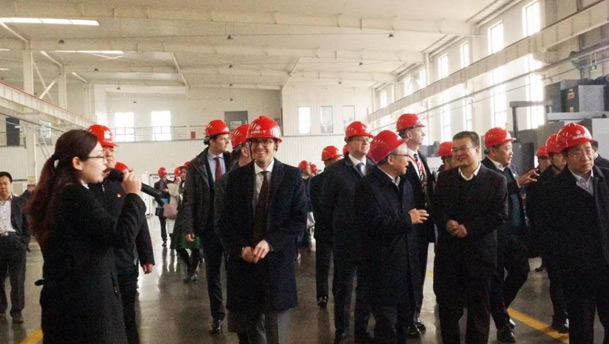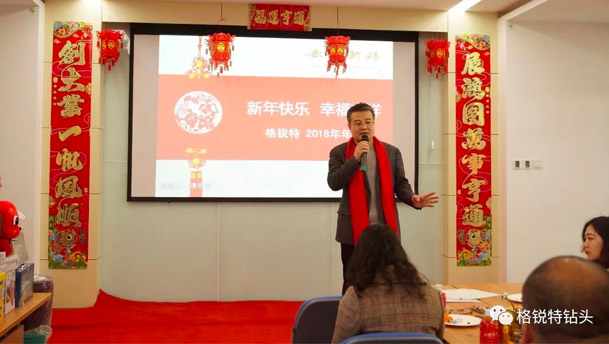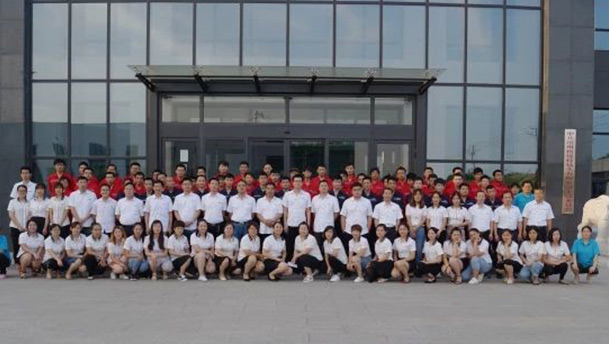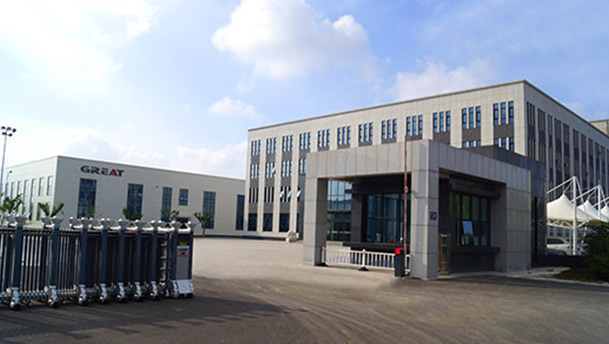In the field of reservoir research, in recent years, the biomimetic shape memory polymer material can be freely deformed under the control of transition temperature. The bionic packer is designed to protect the well from the downhole fluid properties. Completion needs. The concept of “bionic pattern recognition” proposed by Wang Shoujue, an academician of the Chinese Academy of Sciences, is a prominent representative of the “soft” bionic research results. The theory is applied to the identification of oil and gas pipeline conditions, and has achieved a higher number of samples. The accuracy of recognition.
In the field of wellbore, Chinese researchers have developed a foam metal sand control product through the three-dimensional structure of bionic bone pine, which has a significant sand control effect and greatly prolongs the pump inspection cycle. Some researchers have used the high-strength protective scale structure of the pangolin body surface to perform surface texture etching and hard coating coating on the variable diameter section of the expansion cone by laser etching, supersonic flame spraying, ion beam deposition, etc. A bionic non-smooth surface expansion cone has been developed. Field test data show that the expansion pressure can be reduced by more than 15% compared with the conventional expansion cone, and the surface wear is significantly reduced. Inspired by the information transmission of vibration waves by animals such as sand owls and elephants, researchers have developed a bionic vibration communication technology that installs a high-power vibration signal generator at the wellhead as a wave source, and the oil pipe or casing is transmitted. The medium transmits the vibration signal to the downhole, and the downhole tool receives the vibration signal and performs demodulation processing to realize wireless transmission on the ground and underground.







